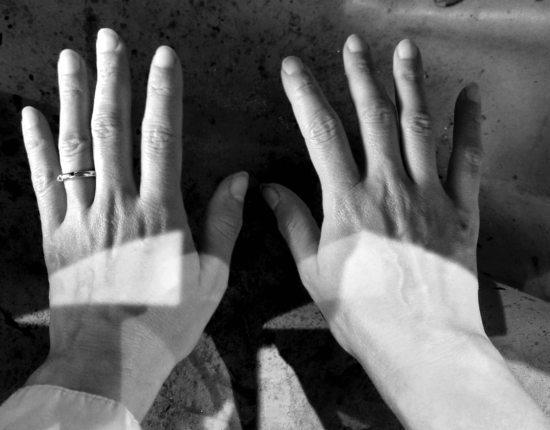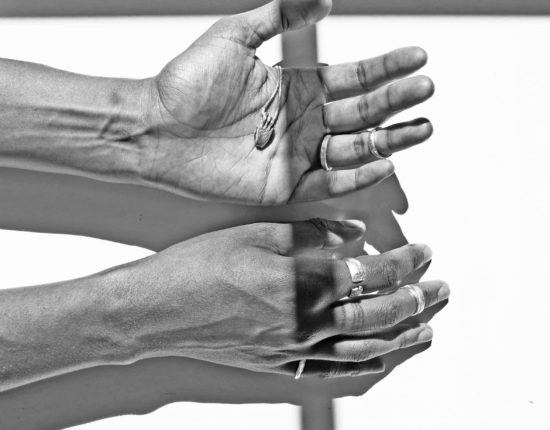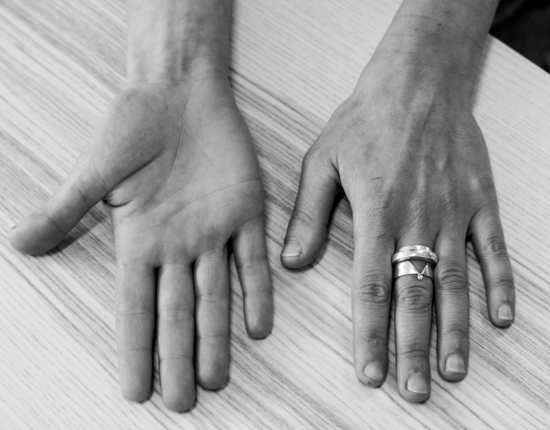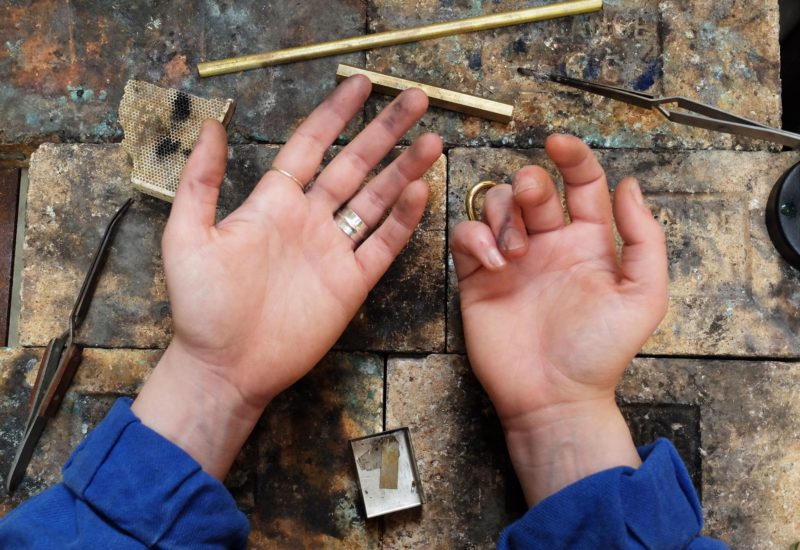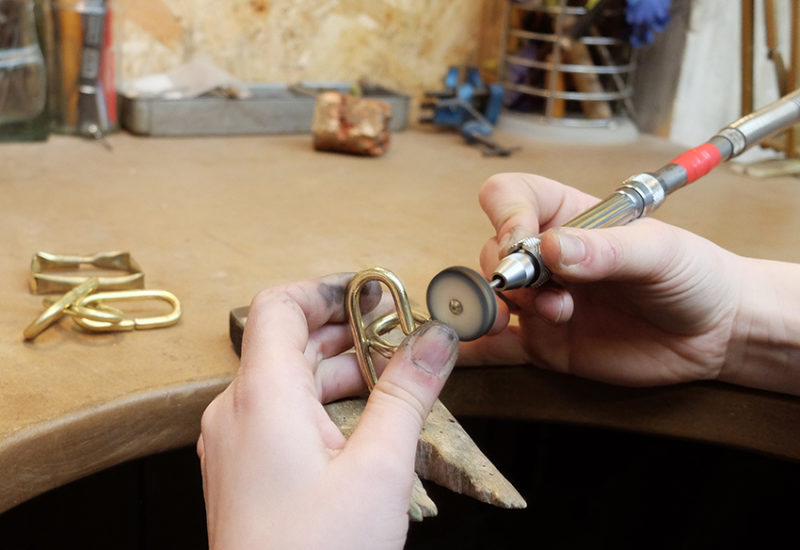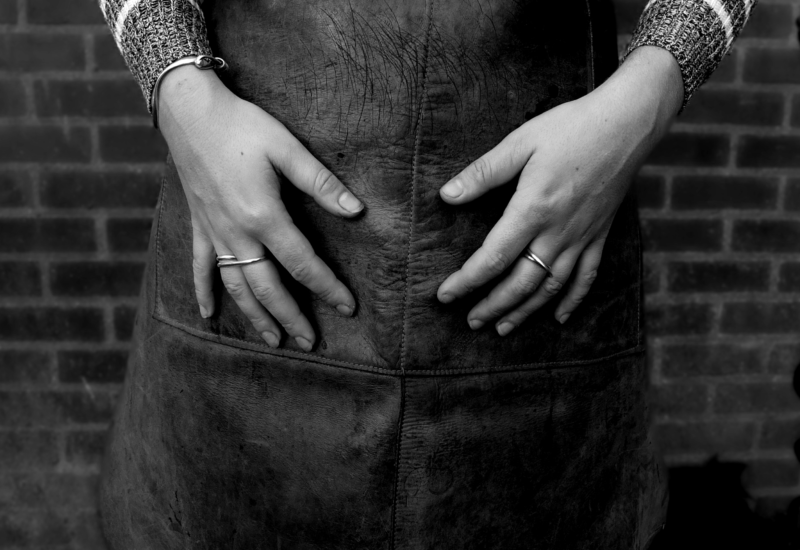VIRGINIE FANTINO – KNOW-HOW
Virginie Fantino is really sensitive and likes to take her time. She creates one collection a year and wants to stick to this specific and precious rhythm. Each piece represents a story or a relative. In her shared workshop, she lets her ideas grow, she tests materials, she discusses with other designers and receives clients to make unique projects. In this second part, Virginie mentions her working process, her favourite tools and her job learning process.
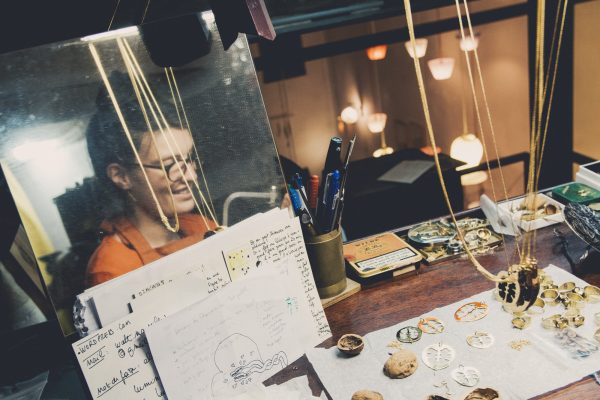
© Eric Massua
Where do you work ?
I am in a workshop that I share with 5 other designers. It is located in the center of Marseille, next to the Vieux Port disctrict. It is a 100 square meters space, apporximately. Each member has a small working space and we have a common shop. My workshop is on a mezzanine. Among the other members, there is a textile jewellery designer, a painter, two lights designers (one of them works with metal dump, the other makes wood and blown glass sculptures) and a guitar maker. I have had two workshops, the previous one, in Saint-Denis, also was a collective workshop that I created with friends. I really chose to work in a shared workshop. It is part of my working process, it is rewarding. I like to discuss with the others, to share our tools, to show our prototypes and to be part of this particular dynamic. We can make common projects and we can manage our shop together. It is very important for me.
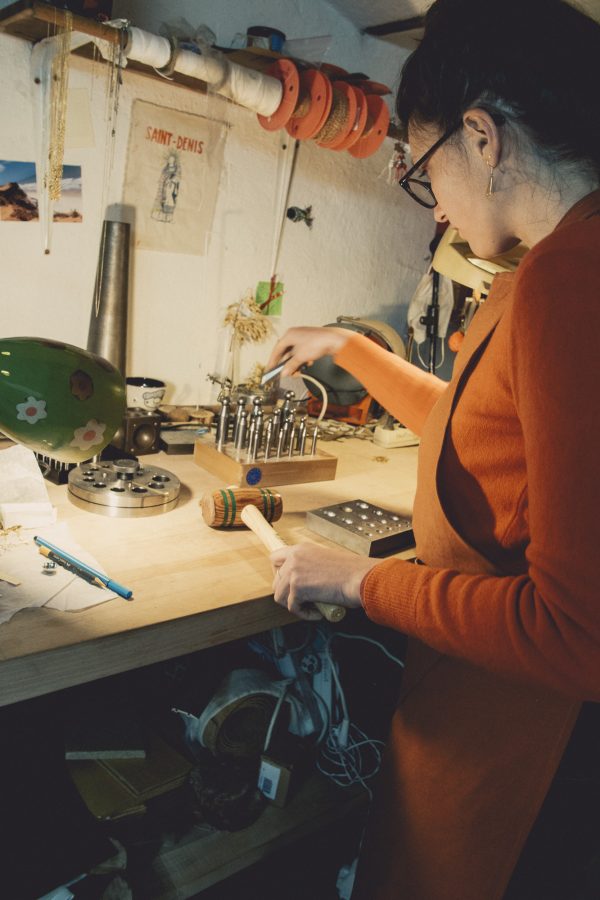
Have you ever done a specific project with one of the designers from your workshop ?
We have never made a common project that has been commercialized. However, we discuss a lot, espaecially about techniques. When we hesitate about a process, we ask for their opinion and methods to consider. That’s a way to work together but it has never led to a collaboration strictly speaking.
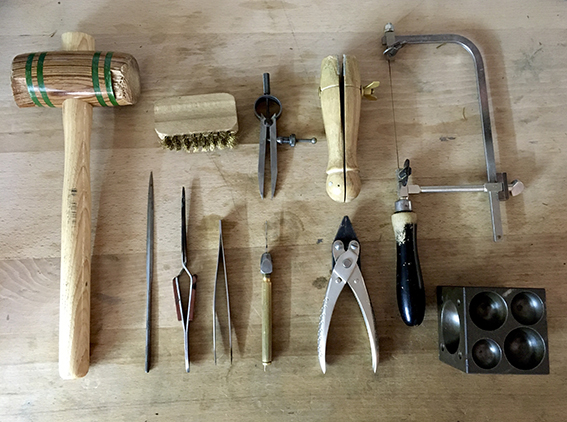
What is your favourite tool and why ?
My favourite tool is the jewellers saw. I enjoyed learning how to use it. It is a very ungrateful learning process and, at the beginning, it is terrible. If we stop using for a week, we must start all over again. Therefore, this tool was really difficult to use, at the beginning. I’ve learned to use it during my DMA diploma and then by myself. I thought I was using it right after my brass cage project. It was pretty well made and I was pretty confident when I went to an internship. I started to saw in front of a jeweller that was supervizing me. He immediately asked me to stop. He was very nice but remained shocked because I was making an unbearable noise with my saw. He helped me realize that this noise proved my gesture was wrong. He explained things and showed me the right gesture. He awakened me to another aspect of jewellery. Hearing is very important when you saw or file. We can hear if we get it right or not. I think that’s why I particularly like this tool. It has been a kind of starting point in my work with metal. It is a basic tool. As soon as we want to shape a piece, we need to cut metal. The jewellers saw has been a materials discovery. From now on, I am very comfortable with my saw, I can draw with it and it allows me to reach this meditative state I was mentioning earlier. The feeling of a saw deeply entering into the metal is very nice, it is fluent and the saw strolls.
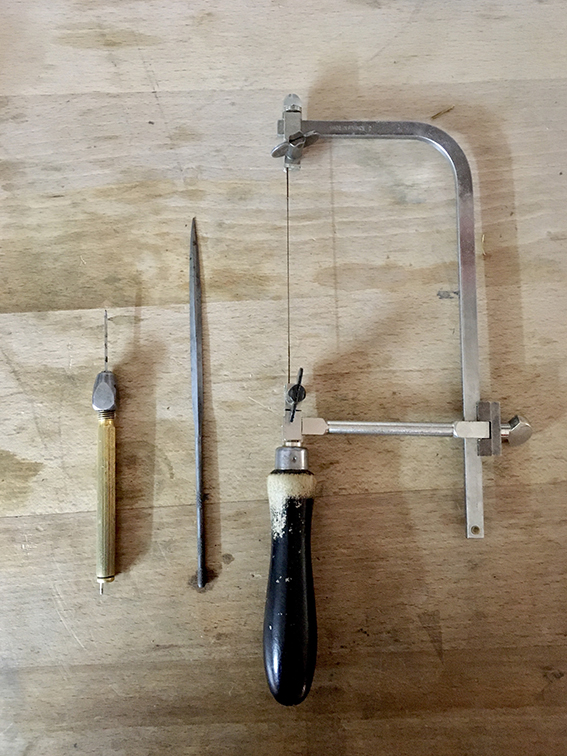
What are the other tools that you use and particularly like?
I also like the ‘donkey back’ file, my torch and a scribe. I have a brass scribe which is very beautiful. I found many tools following the retirement of a jeweller. This scribe is part of it and I have the feeling it is teaching me many things.
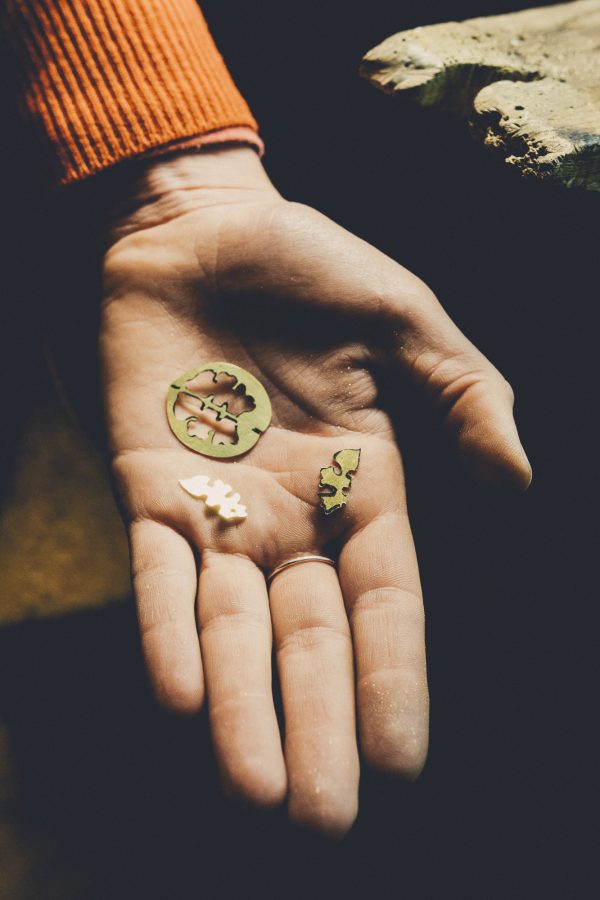
Which materials do you use ?
I mainly use brass plates. I like this material because it is quite rigid. It stays hard but it is also malleable and easy to shape. It is pleasant to work unlike silver which is a bit fat. It clogs files and it is soft. I like the color of brass and the way it ages. I would love to keep my jewels in brass but I prefer not to because of allergies and traces it leaves on skin. Then, a gilder adds a layer of gold. I also really like to work with gold but I only do it on order.
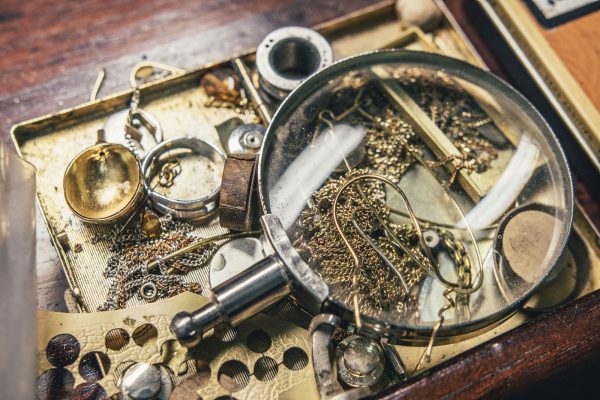
How do you choose natural materials you use ?
It depends. When I create a prototype. For example with olives, I gleaned, dried, tested and strained many pits and olive groups (there are a lot of different groups). Therfore, I asked my family and friends to help me. I brought dozen of different olives to each party. Everybody helped ! Once I chose the kind of pit I am going to use (for its strenght, the way I am going to work it, the way it ages, etc.), I collect many of them, wash them for my necklaces and earrings. However, for bracelets, I use small olives pits from the hinterland of Nice. A friend who makes tapenade and olive oil provides them. There is always a nice story behind every natural material I use.
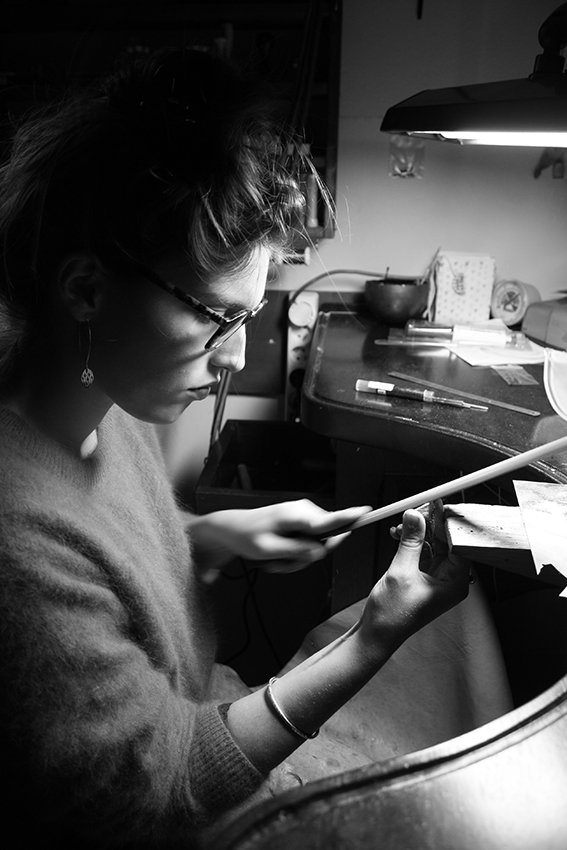
At the beginning, walnut shells were coming from my parents trees. From now on, many persons bring them, it can be clients or strangers who drop them at the shop. Regarding hazelnuts, a friend brought them. Producers from the local market give me peach pits. Sometimes, people give me pits I have never used because they find them beautiful and because they thought about me. It is nice. I have many jars full of pits and shells.
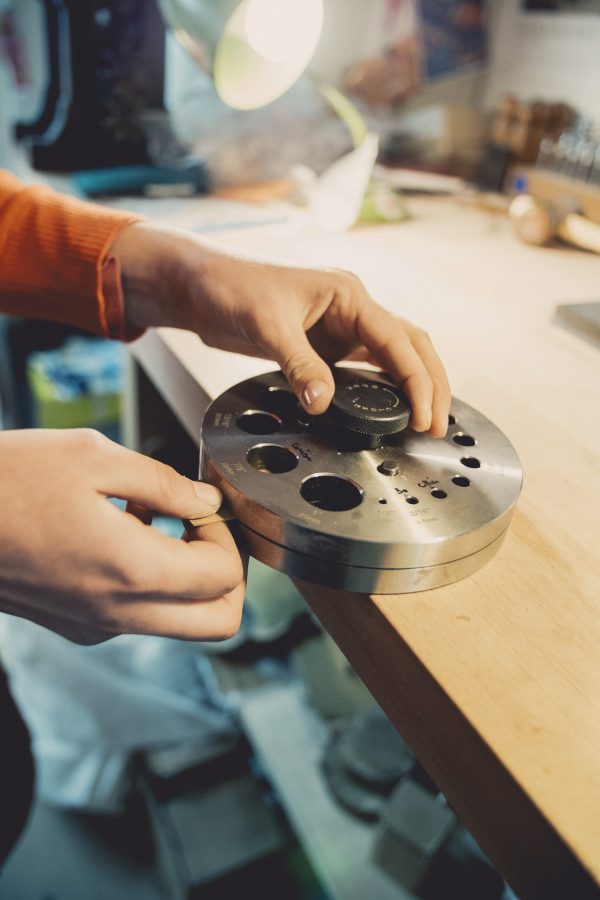
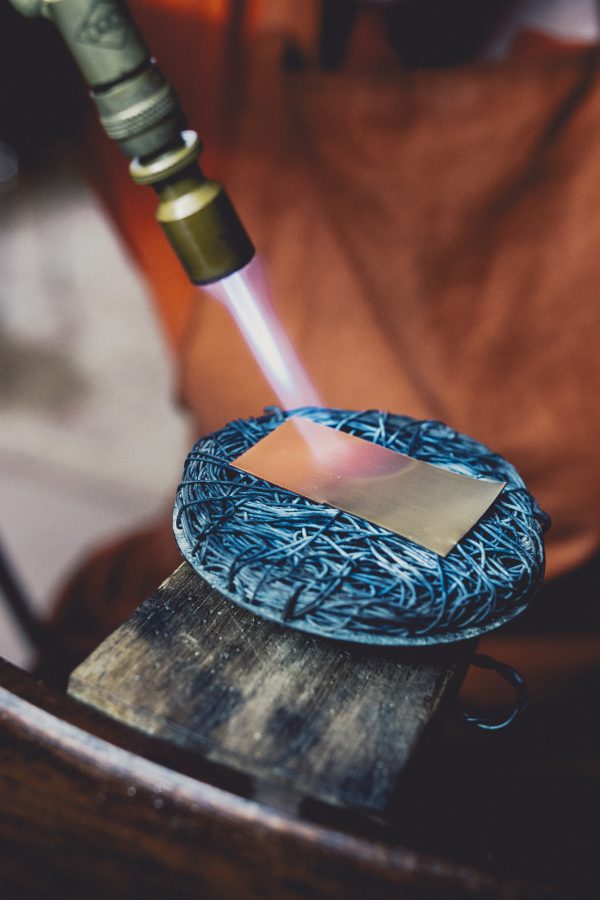
How does your creative process work ?
There are different ways to start a jewel. I draw and quickly start to make it or I choose a material I like. For example, I knew I wanted to work with hazelnut. In this case, I cut the material, I observe it, I wonder why I like it and it helps me to identify what I want to highlight. Regarding walnut, I liked this brain shape when I opened it, it was quite crazy and beautiful. Once we break the nut to eat it, this shape disappears and I wanted to draw it again. Then, I draw a sketch and made tests on materials to see its reaction. Then I imagined an invisble light and sustainable assembly. I needed to highlight the shell while creating something new. If we only put a pit or a shell on a chain, it has no interest, we need to create a real jewel. There is a process and many questions about the chosen material.
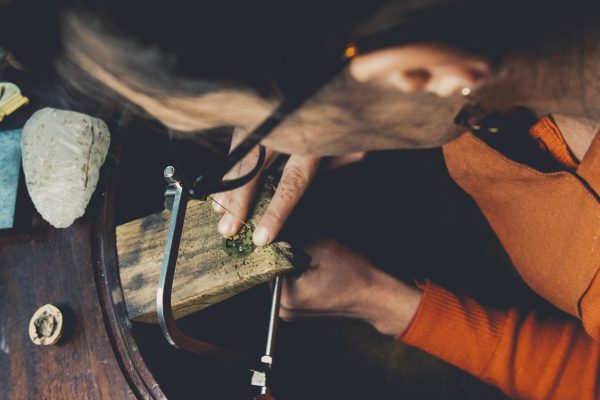
On the other side, I sometimes use another process which is complementary. I will test the metal or I will want to test a particular technique (hammering for example). Then, I draw a piece thanks to these material or technical tests. Ideas come differently but they are finally very complementary. I realized I was always making my pieces by thinking about someone. Sometimes, it is really simple. I made the hazelnut piece for a pregnant friend. I had the idea to hide a pearl inside as a wom. Cherry symbolized my mother’s clafoutis. Last year, I noticed I have never created a piece for me. Then, I made the two-sided ‘Plexus’ necklace with a peach pit. I really liked this material because I could find the brain idea but also lungs. I’ve had asthma for a long time and I wanted to make a sort of amulet to feel better. I saw this lungs shape and I wanted to coil an anatomical heart in the middle. I really liked the link between the relic heart with a small halo and the plexus. I thought about this piece, I drew it beforehand but the material accompanied me throughout the process. It is like unrolling a thread progressively. Links are first unconscious, I think about an idea and I connect it to my own story afterwards. Some ideas betray me, I don’t immediately realize what I make and what it symbolizes. I take risks. I really care if a new piece doesn’t work. I need to strike a balance to take some distance and it i not easy.
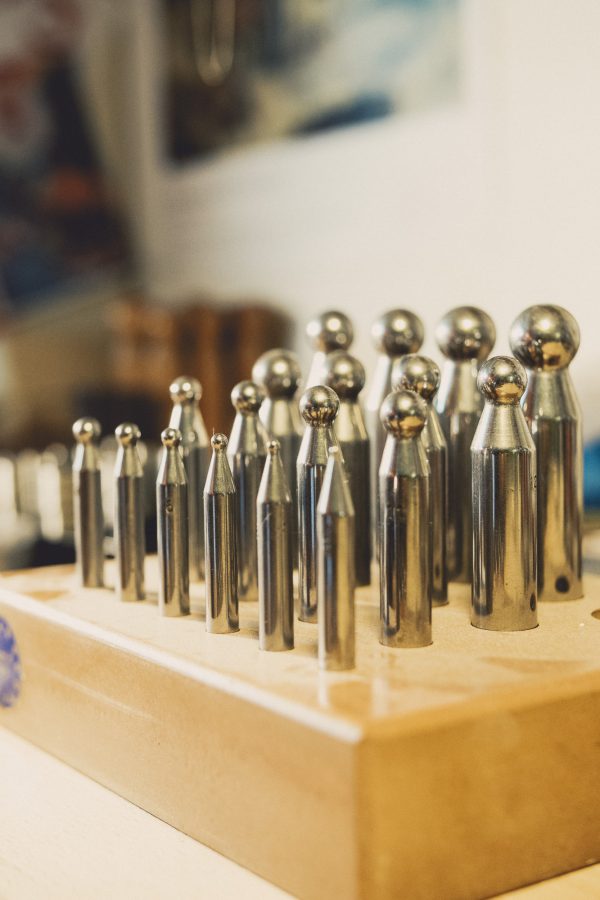
Did you suffer from loneliness at work ?
It happened when I launched my activity, when I was not confident enough yet. My path is now clearer even if I still have a lot of questions. I think I have more skills. At the beginning, I felt quite lonely because I needed to make a billion choices constantly such as : where and what I will exhibit, how to make pieces, with whom I could work, etc. We can quickly feel submerged and it is difficult to talk about it because we quickly feel locked into the workshop. I have the advantage of being quite a blabbermouthand I express a lot what I have in mind so I have never felt completely alone. Our collective workshop helps a lot. I quickly felt I needed this environment and this support. I am surrounded by people who are in the same boat and who believe in my project. At the beginning, when I announced I wanted to make and sell jewels, people needed to believe in it. There was a long way to go. Being surrounded during these decisive moments was easier. On the other side, you need to be able to tolerate the group and want to be part of it. Now, I am not alone anymore. I often go out of my workshop, I participate to private sales, I work with wholesales and I receive feedbacks from clients and professionals.
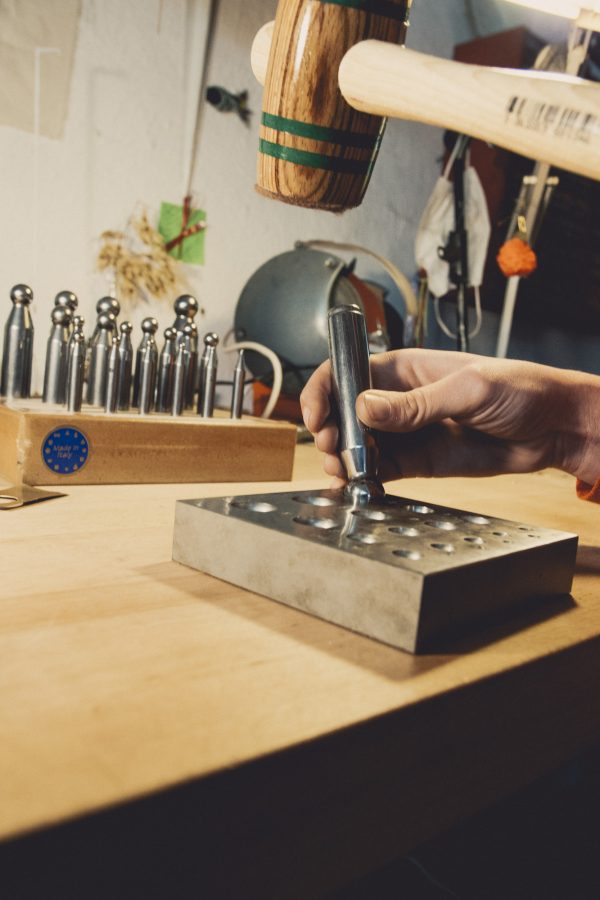
Do you often participate to professional fairs or sales ?
I did many sales and fairs when I started, it was exhausting. I needed to promote my work and to acquire customers. It was also a way to position myself, to see what people like or didn’t like. It also made me think about a way to display my pieces and it made me realize all my necklaces were too short. I made them according to my own neck which is very small, it distorted everything. The proportions of a body hugely change according to the persons. These fairs helped me a lot to make my collections evolve. People with very different body shapes tried my pieces. In my ‘Citron (lemon)’ collection – which is the older one with my ‘Noix (walnut)’ collection – I have three different sizes for my earrings according to the jaw or neck shapes. I learned to adapt my models thanks to these public presentations. It is very instructive. I keep participating to fairs several times a year but far less than before. I now have more time to be in my workshop. I was starting to be exhausted of this time spent on the road, installing booths and showing my jewels. It was also a lot of stress and preparation. I am glad to keep participating to fairs but only once in a while. I participate to Maison & Objet once a year, it is my big event. This fair takes place in September, I know I have to show a new collection and update my catalog. This is a deadline to redefine my annual choices and it helps me to meet potential new wholesalers.
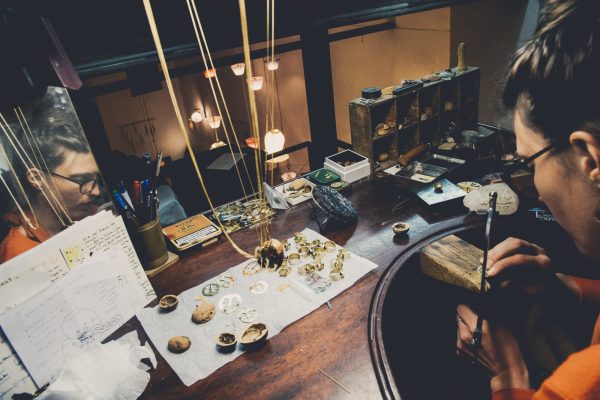
© Eric Massua
Photos : © Virginie Fantino except the photos with this mention © Eric Massua. Couverture : © Eric Massua. Photographs provided by Virginie Fantino and published with her approval.
